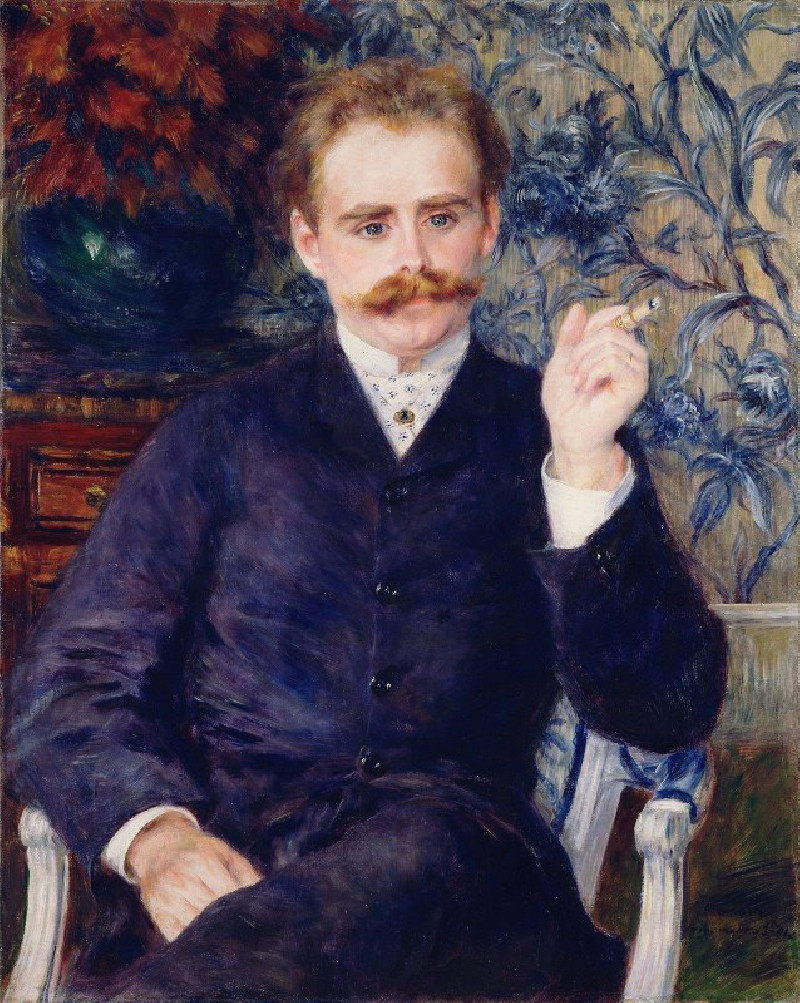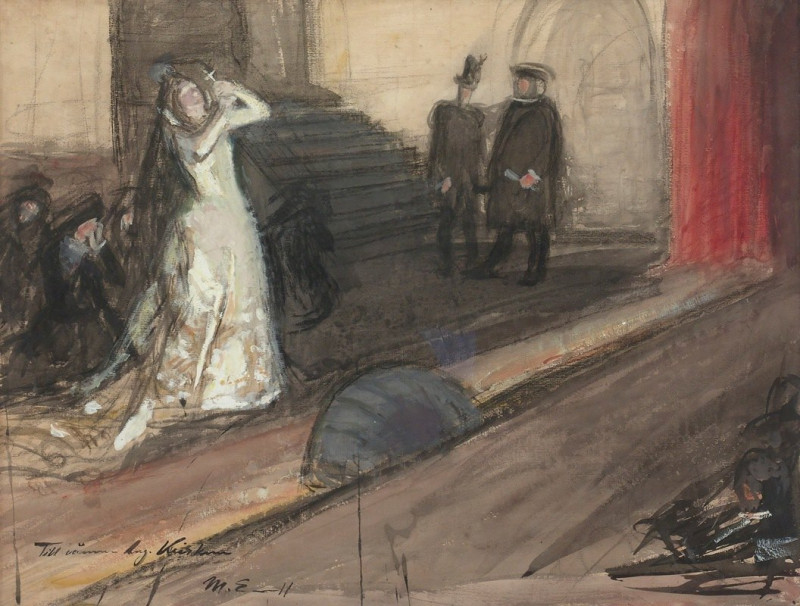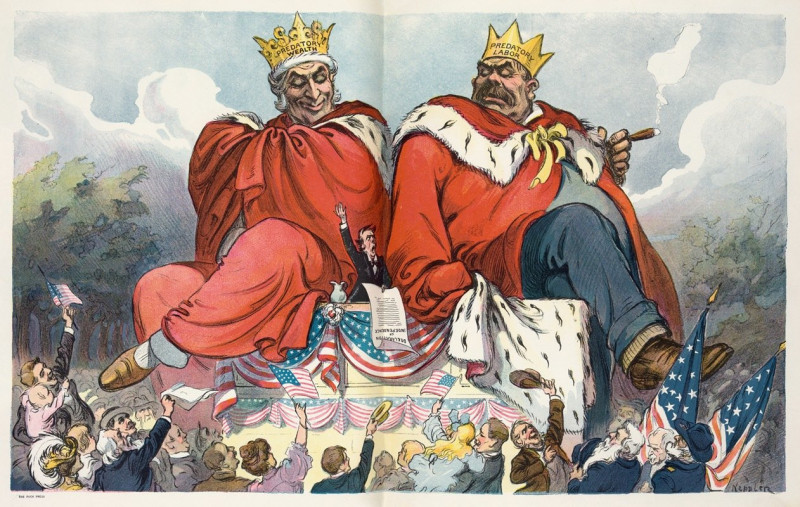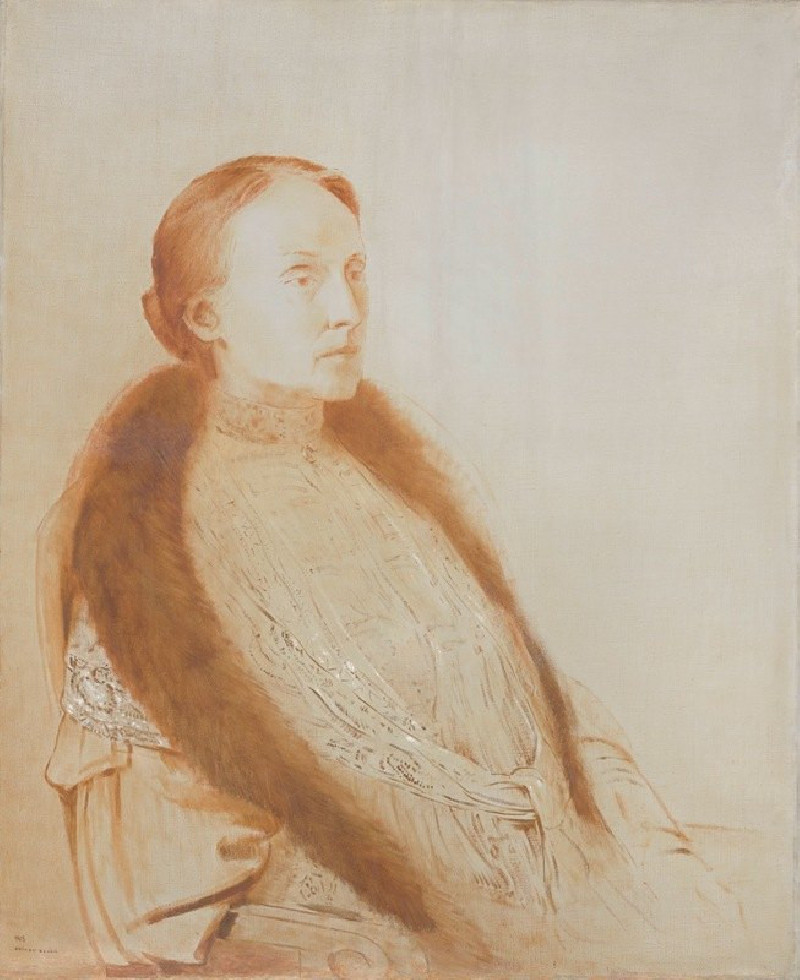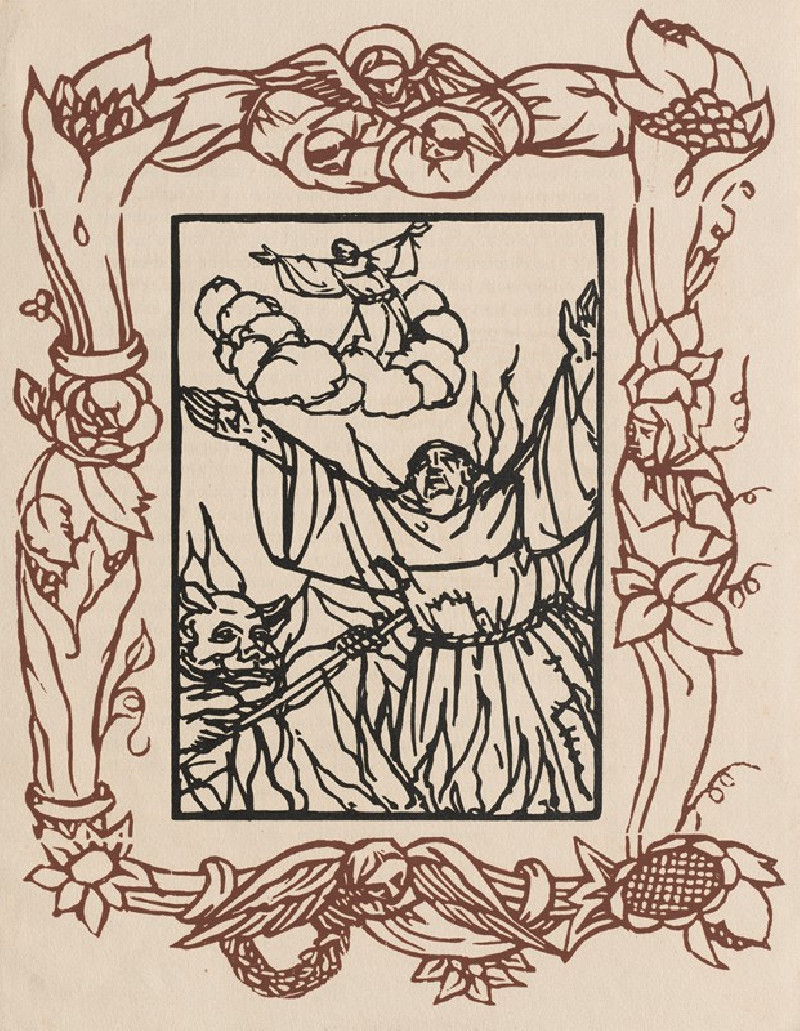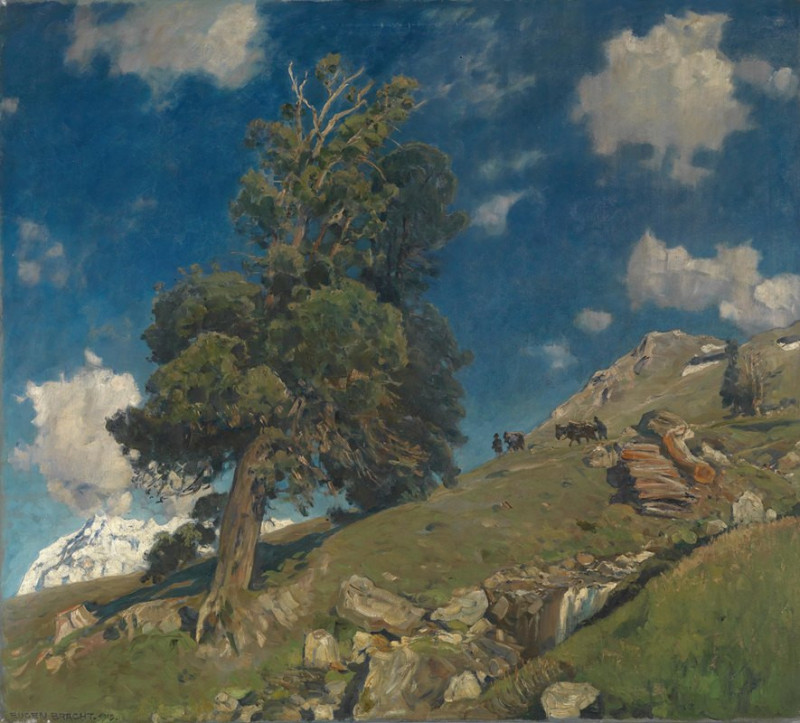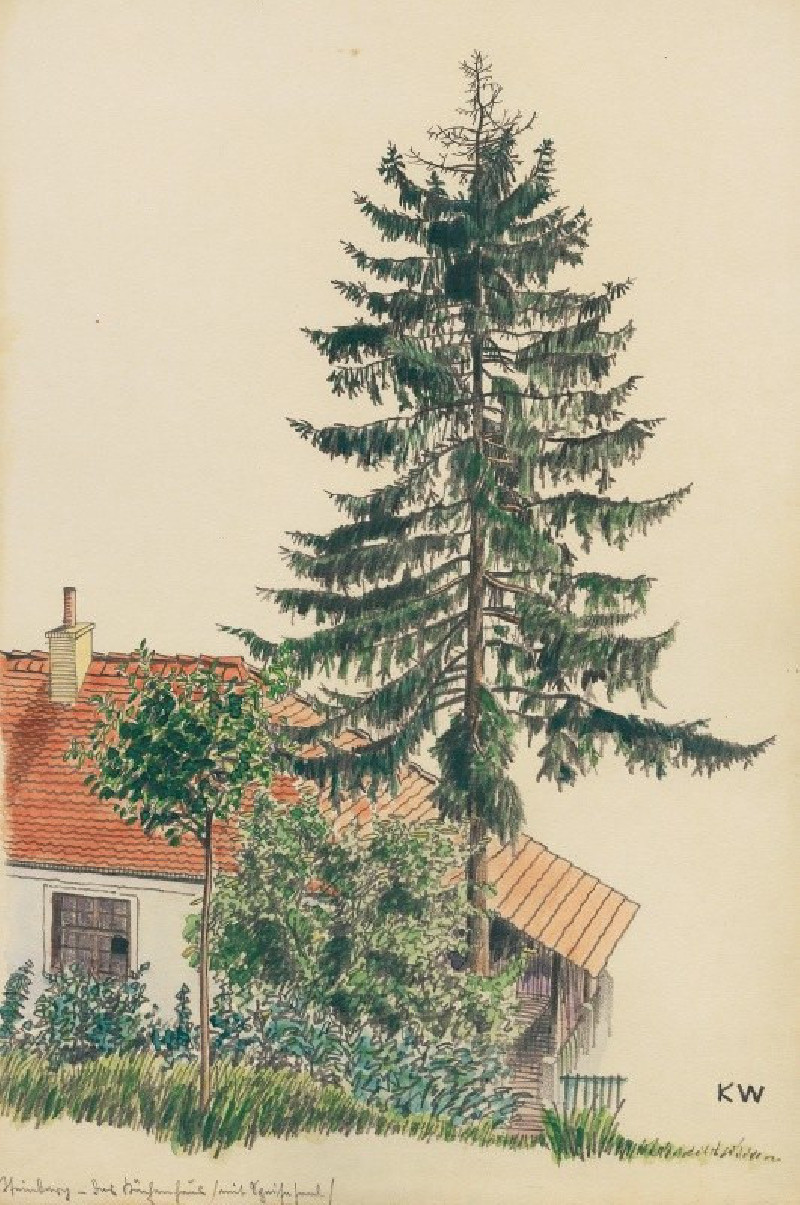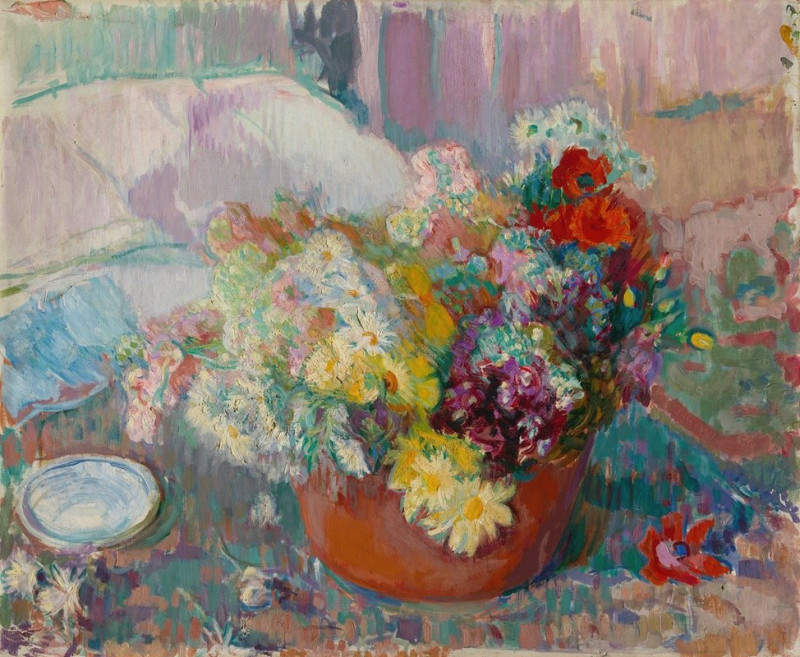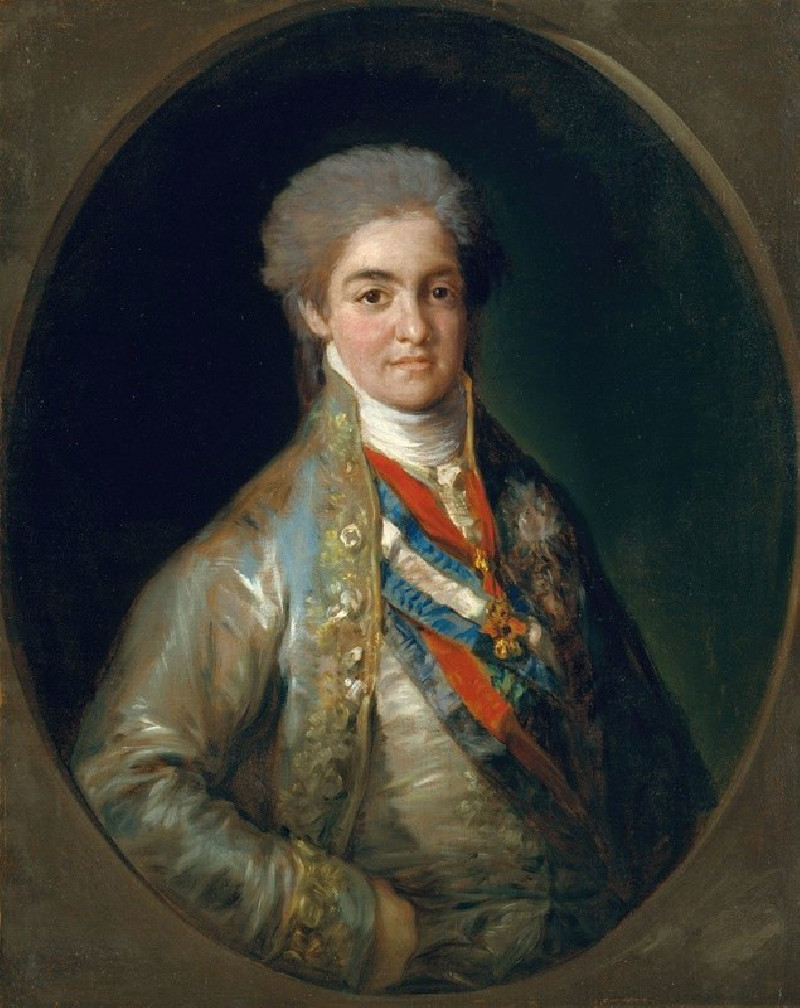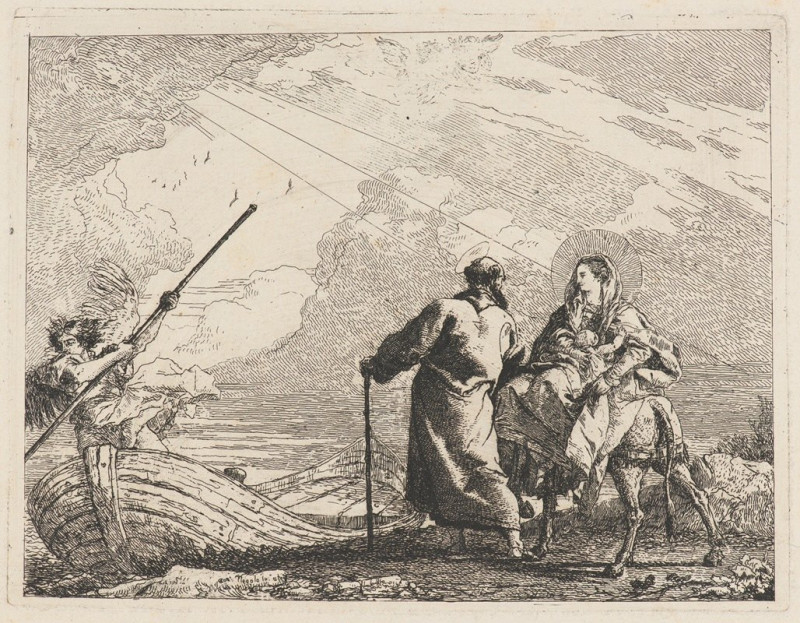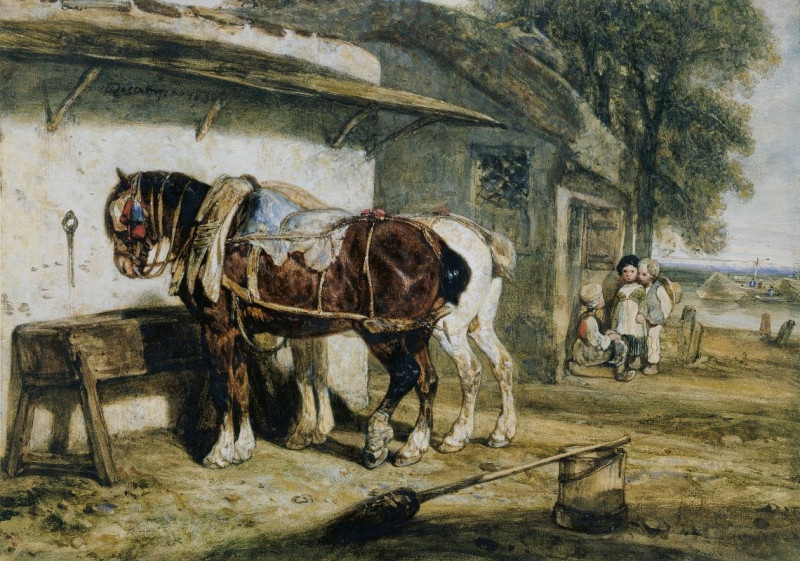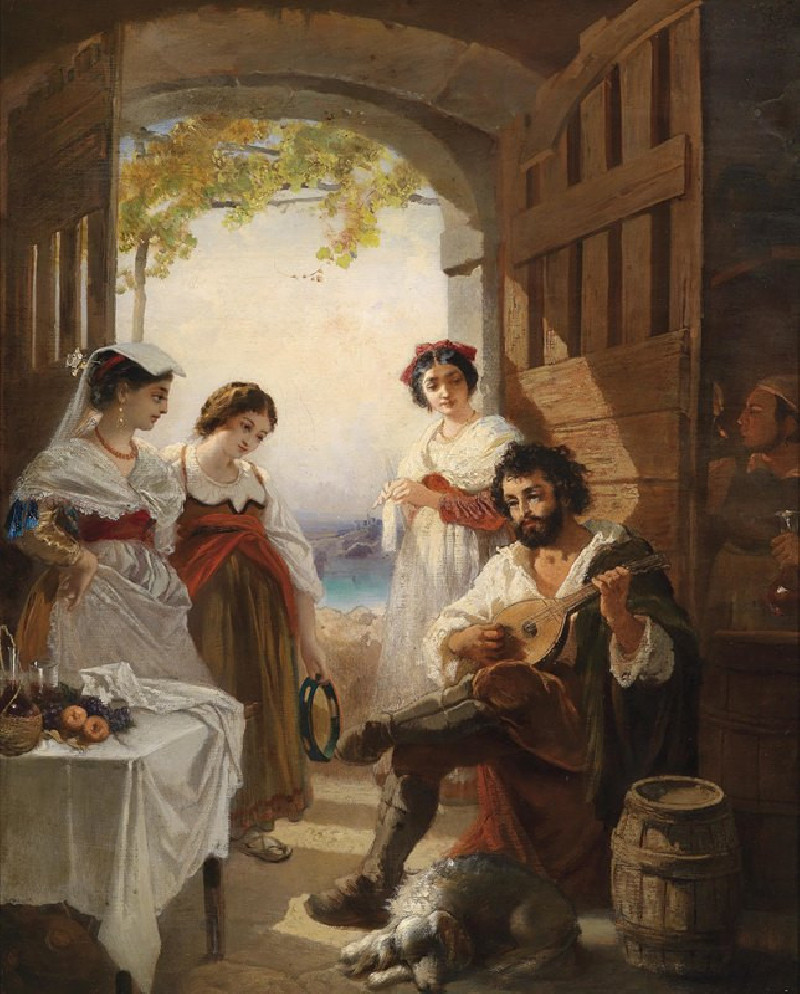Rue Des Roches Au Valhermeil, Auvers Sur Oise (1880)
Technique: Giclée quality print
Recommended by our customers
More about this artwork
In Camille Pissarro's painting titled "Rue Des Roches Au Valhermeil, Auvers Sur Oise," viewers are treated to a vivid glimpse of rural French life in the late 19th century. This artwork, created in 1880, showcases Pissarro's exceptional skill in capturing the essence of everyday scenes with a beautiful infusion of light and color.The painting depicts a narrow, winding road flanked on one side by a tall stone wall and on the other by a thatched-roof house overgrown with vegetation. In the foreground, three figures appear to be engaged in casual conversation, adding a lively human element to the predominantly serene rural setting. The individuals, two of whom are likely villagers based on their attire and the items they carry, contribute to the narrative of rural community and daily life.Pissarro's signature style of broad, loose brushstrokes brings out the lush greenery and the rustic texture of the stone and thatch, giving the scene a dynamic yet soothing quality. The blue and white sky, filled with light brush strokes, not only brightens the entire painting but also contrasts wonderfully with the earthier tones of the buildings and the road.This painting is an exquisite example of Pissarro's landscape works, where he masterfully combines natural elements with human interaction, thus capturing the peaceful coexistence of man and nature during that era.
Delivery
Returns
Blessed are they who see beautiful things in humble places where other people see nothing. — Camille Pissarro
Camille Pissarro (1830-1903) was born on St.Thomas (now the US Virgin Islands) to a Portuguese father and a Dominican mother. He went to Paris to study art at Ecole des Beaux-Arts. He was an early pioneer of pointillism and neo-impressionism and later became a mentor of many famous impressionist painters including Cezanne, Manet, Renoir, and Gauguin. His paintings depicted rural and urban French landscapes and lifestyle. Many of his works politically captured images of peasants and laborers. Today, he is considered the father of impressionism.

































